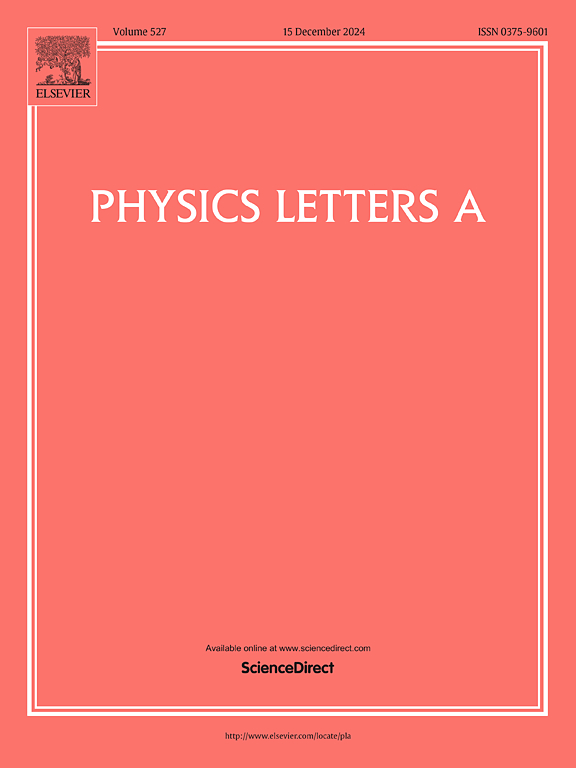Gibbs paradox and thermodynamics of colloids
IF 2.3
3区 物理与天体物理
Q2 PHYSICS, MULTIDISCIPLINARY
引用次数: 0
Abstract
Using the “correct Boltzmann counting”, the statistical-mechanical entropy is given by . The factor has been recognized as essential for understanding the collective behavior of colloids, which are classically distinguishable particles. To account for the thermodynamics of colloids, we introduce a method to define thermodynamic entropy using the statistical-mechanical entropy . Our definition is formulated as a partial differential equation that links internal energy, thermodynamic entropy, and particle number. This equation inherently defines the dependence of thermodynamic entropy on particle number, thereby resolving the Gibbs paradox within classical thermodynamics. For extensive systems, this equation yields the ideal gas law, while for non-extensive systems, it may provide new physical insights. In contrast, when the Boltzmann entropy is used to define thermodynamic entropy, extensiveness and the ideal gas law become incompatible.
吉布斯悖论和胶体热力学
使用“正确的玻尔兹曼计数”,统计力学熵由Sstat=kBlnΩB−kBlnN!给出。因子- kBlnN!已被认为是必不可少的理解胶体的集体行为,这是经典的可区分的粒子。为了解释胶体的热力学,我们引入了一种用统计力学熵Sstat来定义热力学熵的方法。我们的定义被表述为一个偏微分方程,它将内能、热力学熵和粒子数联系起来。这个方程固有地定义了热力学熵对粒子数的依赖,从而解决了经典热力学中的吉布斯悖论。对于广泛的系统,这个方程产生理想气体定律,而对于非广泛的系统,它可能提供新的物理见解。相反,当使用玻尔兹曼熵shboltz =kBlnΩB来定义热力学熵时,广博性和理想气体定律就变得不相容了。
本文章由计算机程序翻译,如有差异,请以英文原文为准。
求助全文
约1分钟内获得全文
求助全文
来源期刊

Physics Letters A
物理-物理:综合
CiteScore
5.10
自引率
3.80%
发文量
493
审稿时长
30 days
期刊介绍:
Physics Letters A offers an exciting publication outlet for novel and frontier physics. It encourages the submission of new research on: condensed matter physics, theoretical physics, nonlinear science, statistical physics, mathematical and computational physics, general and cross-disciplinary physics (including foundations), atomic, molecular and cluster physics, plasma and fluid physics, optical physics, biological physics and nanoscience. No articles on High Energy and Nuclear Physics are published in Physics Letters A. The journal''s high standard and wide dissemination ensures a broad readership amongst the physics community. Rapid publication times and flexible length restrictions give Physics Letters A the edge over other journals in the field.
 求助内容:
求助内容: 应助结果提醒方式:
应助结果提醒方式:


